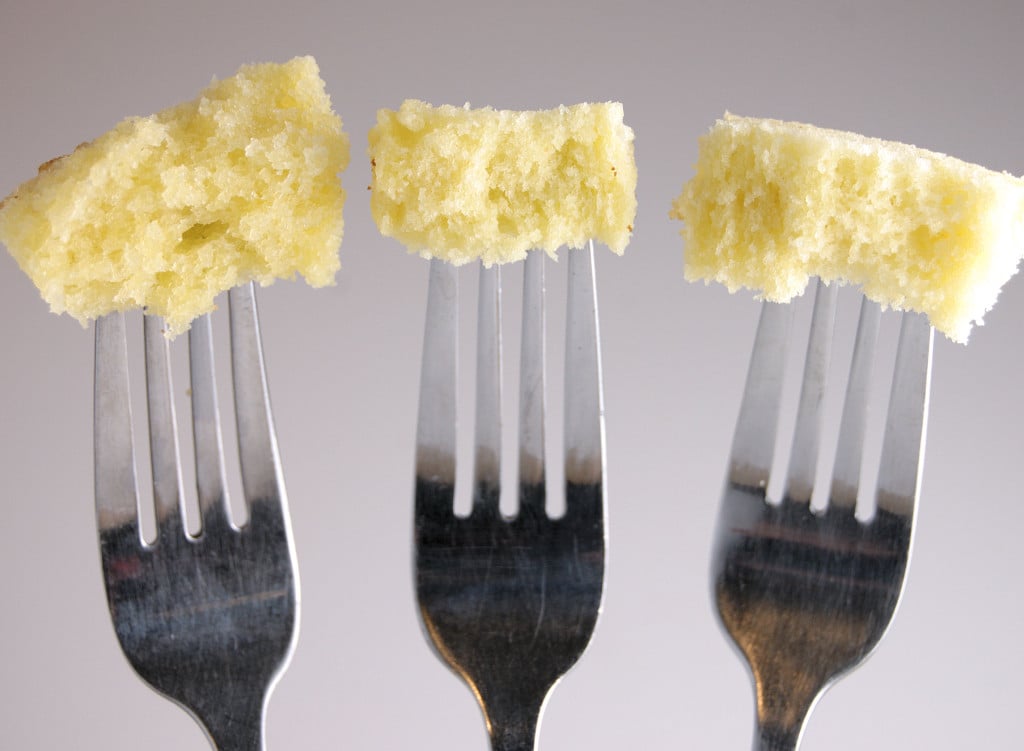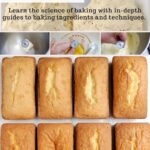Baking Science & Chemistry
Every great baker knows that recipes are only half the story. The real magic happens when you understand how ingredients interact — how proteins, sugars, fats, and leavening work together to create texture, flavor, and structure.
Understand the chemistry and techniques that make baking work — from how yeast ferments to how butter and sugar trap air in a cake batter.
In this section of Baking Sense, you’ll find detailed guides explaining the science behind baking: from how gluten forms in dough to why the creaming method makes a cake light and tender. Each article is written to help you understand not just what to do in a recipe, but why it works.

Baking Ingredient Science
Learn what each ingredient contributes to your bakes — structure, flavor, texture, and moisture — and how they behave under heat.
Cake Recipe Science
Cakes are where ingredient chemistry and technique collide. These guides explore the science of cake structure — how sugar, fat, eggs, and flour balance to create a tender crumb and even rise.
Why This Matters
Understanding baking science turns guesswork into skill. Once you know what each ingredient and technique does, you can troubleshoot with confidence, adjust recipes to your taste, and even invent new ones that truly work.
For more hands-on learning, explore Baking Techniques to practice what you’ve learned here →

